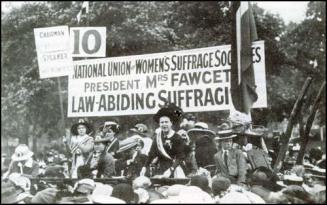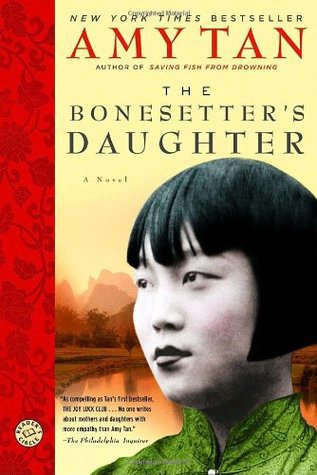As a joint honours student of History and Anthropology, I have been drawn to Charles Tilly’s interdisciplinary approach to the study of social movements and in his argument for the need to historically contextualise these movements. Throughout my degree, I have encountered numerous examples of historians, and some social scientists more broadly, criticising disciplines like Anthropology for the tendency to display societies, events, and people as entirely ahistorical – giving the impression of these things as being frozen in time. In regards to social movements Tilly extends this criticism into, what he sees as, the tendency for contemporary students of social movements to portray social movements as “expressions of current attitudes, interests, or social conditions” in which particular social movements are presented as an entirely new phenomena (2004, p8). Whilst I certainly agree with Tilly that this is an issue, I feel that another issue that he identifies is a far more prevalent problem; the tendency to treat social movements as a single narrative which obscures power relations and conflict between political actors, and ignores the existence of divisions within the social movement.
Two years ago I watched the fantastic four-part documentary series ‘The Ascent of Woman’, written and presented by historian Amanda Foreman, when it first aired on BBC 2. As someone who is fiercely feminist and passionate about the recovery of women’s lives in history; I devoured the episodes as quickly as they were released, did a tonne of research into Amanda Foreman, and excitedly added her book to my Amazon wishlist. I became swept away as we were introduced to the beginnings of female oppression in patriarchal early civilizations, explored instances of compliance and resistance within early Confucian and Buddhist societies, witnessed the lives of 6 powerful women who created their own intellectual movements, and met some of the firecracker women of the 18th-20th century revolutions.
However, although I really enjoyed the series there was one particular issue that really stuck out like a sore thumb to me. Whilst I felt that the Ascent of Woman had done quite a good job at covering such a broad spread of the lives, events and histories of women since early civilization to the Arab Revolutions, I had noticed that throughout the 4 episodes the presence of Women of Colour was lacking, the inclusion of LGBTQ+ women was non-existent, and I felt that the overall attitude of the series was one which seemed to absorb the diverse experiences of women into a singular narrative of the experience of ‘woman’. I tweeted Amanda Foreman several times asking her about this and whether she had any plans to include more diversity in the experience of women in her book or future shows, however I disappointingly never received an answer.

For Tilly, the historical contextualisation of social movements is of great importance for several reason in that it distinguishes social movements as distinct from other political forms, highlights how changes in social movements come about, and identifies the political conditions which make such movements possible (2004, p3). However, he also warned that such historical contextualisation can sometimes lead to the portrayal of particular social movements as ‘the movement’; a single narrative, often retroactively including historical figures as part of a continual movement and/or obscuring any divisions which existed within the movement.
In planning for this blog, I had hoped to be able to explore the existence of divisions within social movements through two examples. Unfortunately, as there is little information about the enduring divisions within queer social movements between cisgendered gay men and trans people (as one of the only books on trans history is only just being written and gay liberation narrative constantly erase the inclusion of trans people), I will be dedicating part two of this post to exploring divisions between the National Union of Women’s Suffrage Societies (NUWSS) and the Women’s Social and Political Union (WSPU) during first-wave feminism as an example which challenges the assumptions of a singular narrative of the women’s movement.

 Flora Drummund and Annie Kenney of the WSPU being arrested on 9th March 1906 on the left,
Flora Drummund and Annie Kenney of the WSPU being arrested on 9th March 1906 on the left,Millicent Garrett Fawcett of the NUWSS speaking out against the militant tactics of the WSPU in during the ‘Mud March’ in Hyde Park, 26th July 1913
References
Charles Tilly, Social Movements 1768-2004 (London, Boulder, 2004)
‘The Ascent of Woman’, The Ascent of Woman, 2017. Available at: <http://www.ascentofwoman.com> [Accessed 20 April 2017]
‘Trans: A British History: ed by Christine Burns’, Upbound, 2017. Available at: <https://unbound.com/books/trans-a-british-history> [Accessed 20 April 2017]
Advertisements Share this:




